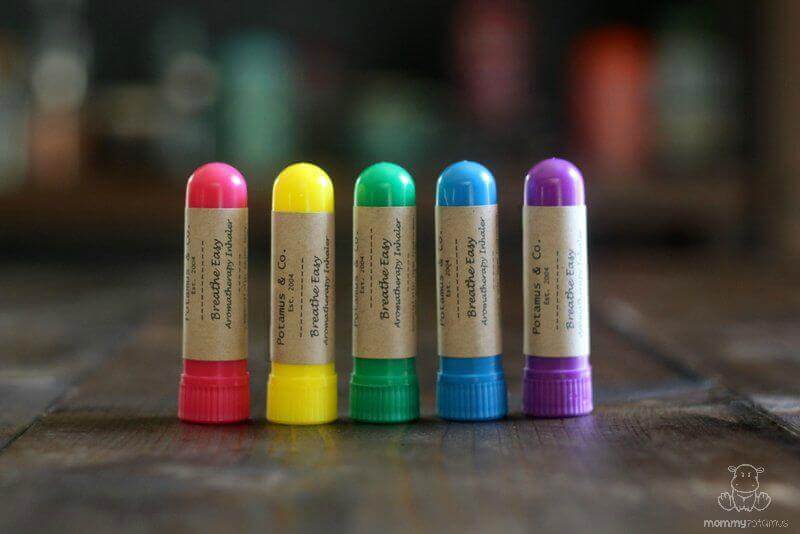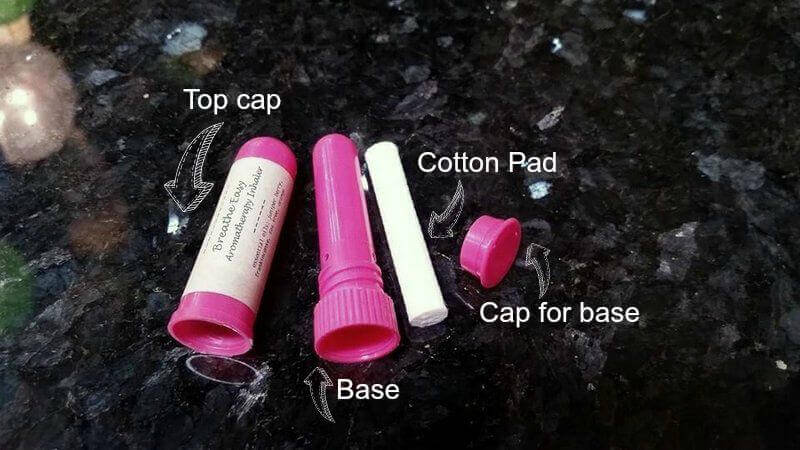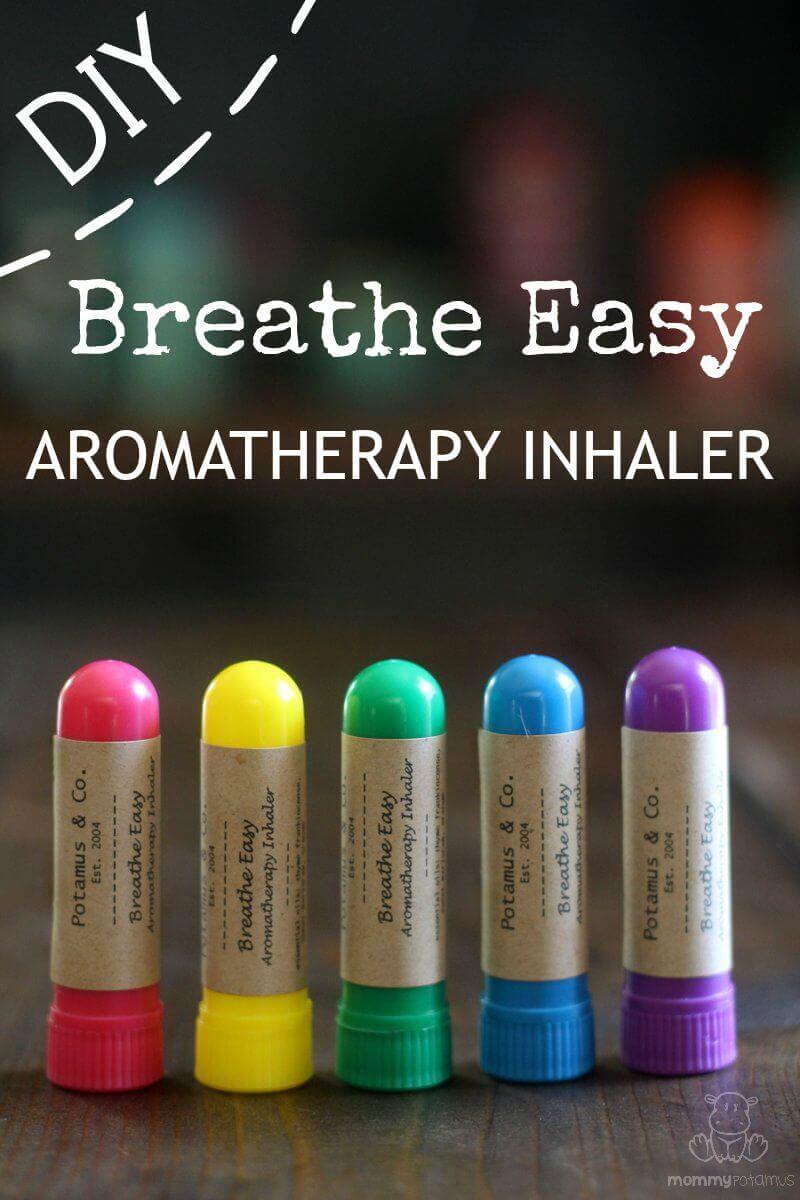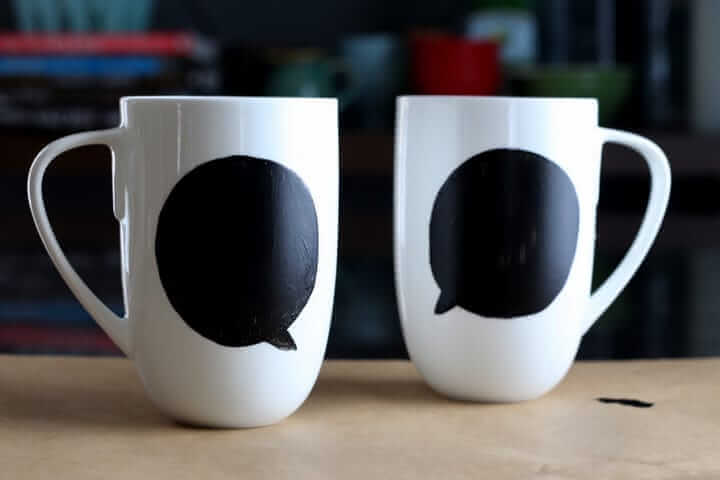
Things I just pulled out of my purse: One toddler shoe, vanilla beans, Dermabond (because, boys!), and foundation powder that doubles as dry shampoo for days when grabbing a shower just doesn’t happen. And of course, essential oils, because they’re the Swiss army knife of my portable mama-survival-kit.
Take lavender, for example. It’s perfect for an itchy playground bug bite, the occasional crankypants attitude, and helping tired kids drift off to sleep on long car rides. Unfortunately, I often find myself away from home wishing I’d brought xzy oil with me, until recently when I learned to use aromatherapy inhalers.
No bigger than a chapstick tube, aromatherapy inhalers allow me to keep a variety of blends on hand without worrying about bottles spilling in my purse. They’re more than just mood-boosting scents, too. According to Robert Tisserand, inhaling essential oils is a very efficient way to absorb them into our bloodstream.
Inhaled substances pass down the trachea into the bronchi, and from there into finer and finer bronchioles, ending at the microscopic sac-like alveoli of the lungs, where gaseous exchange with the lungs mainly takes place.
The alveoli are extremely efficient at transporting small molecules, such as essential oil constituents, into the blood.” (Essential Oil Safety, p. 49)
In this post I’m going to show you how to make an inhaler that supports healthy respiratory function, but you can use the method demonstrated in the video to make inhalers that have other benefits as well. For example, research suggests that rosemary essential oil helps stimulate alertness and long-term memory, so that’s a great one to keep around.
Due to it’s 1,8 cineole content, rosemary is not recommended for small children, which is one more reason to love personal inhalers. Whether you’re in an office, waiting room, car or airplane, you can enjoy the benefits of essential oils without “blasting” anyone around you.
How To Make An Aromatherapy Inhaler (Video Tutorial)
NOTE: The pad used in the video is 100% cotton. Some come wrapped in paper with only the cotton on the ends exposed. If yours is wrapped in paper, add your essential oils to the end where the cotton is visible.
Or if you prefer written instructions:
Add essential oils to the cotton pad that comes with your inhaler or a cotton pad you purchase (organic if possible) that has been trimmed to fit inside the inhaler. Place cotton inside the base and place the bottom cap on, then put the top cap on.

For adults, use about 15 drops of essential oil. For children under six, use 6-10 drops of a child-friendly oil. I’ve listed some suggestions below.

Where To Buy Aromatherapy Inhalers
You can find the ones I used here, and you can find extra wicks here.
These are great, too, because they come with pretty labels that are ready to go!
Essential Oils That Support Healthy Respiratory Function
Kid-Friendly Options
- Thyme ct. linalol (Thymus vulgaris ct linalol)
- Lavender (Lavandula angustifolia)
- Juniper Berry (Juniperus communis)
- Fir Needle (Abies sibirica)
- Frankincense (Boswellia carterii)
- Coriander (Coriandrum sativum)
- Cedarwood (Juniperus virginiana)
- Tea Tree (Melaleuca alternifolia)
- Sweet Marjoram (Origanum marjorana
- Sweet Orange (Citrus sinensis)
- Tangerine (Citrus tangerina)
Additional Options For Adults
- Eucalyptus (Eucalyptus radiata)
- Ravintsara (Cinnamomum camphora)
- Peppermint (Mentha x piperita)
How To Use An Aromatherapy Inhaler
Hold the inhaler just below your nose and inhale slowly for a count of five, then exhale and repeat 2-3 times, or more if needed. This method helps your body absorb the essential oils, and it often helps you relax as well.
Also, if you’re looking for additional ways to support healthy respiratory function, check out this article on the benefits of Himalayan salt inhalers.
Want more research-backed natural remedies?
No problem, I’ve created a free ebook for you –
cary: 25+ Natural Remedies Using Ingredients From Your Pantry – as a gift for signing up for my newsletter. You’ll also get updates when I post about safe essential oils for pregnant/breastfeeding mamas, exclusive gifts and coupons (I was able to give away a jar of free coconut oil to anyone who wanted it recently!), plus other goodies.
Sign up using the form below.




